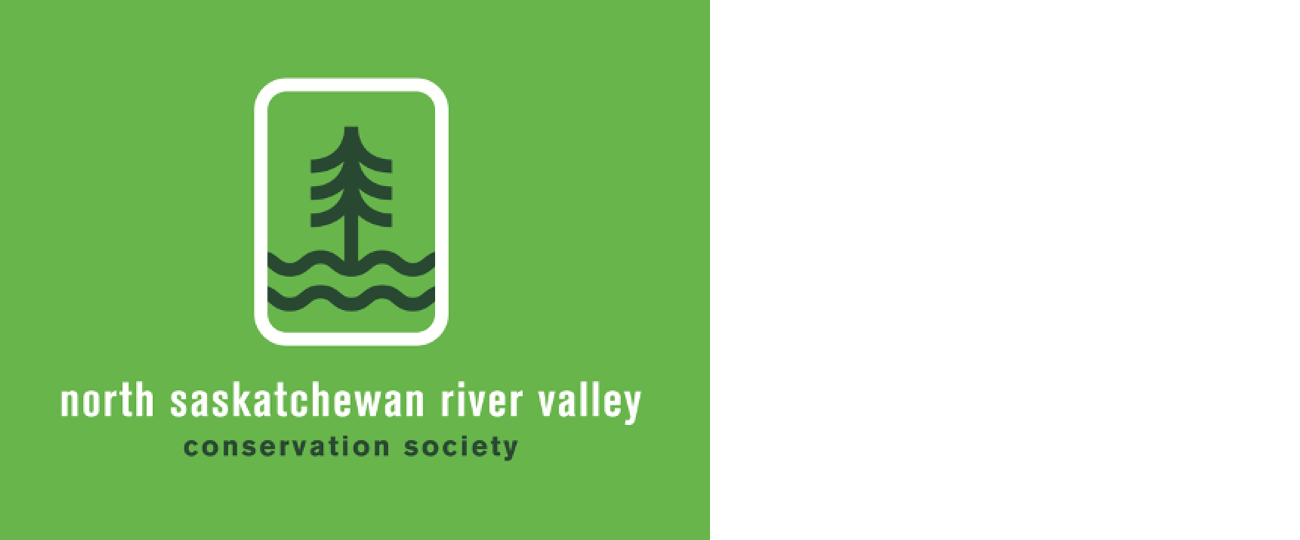Glenora’s Stewart Residence home to community and business builders
City of Edmonton photo
A home to some of Edmonton’s prominent business people and community builders is now part of Edmonton’s list of heritage properties following City Council’s decision to designate the Stewart Residence in Glenora as a Municipal Historic Resource. The house was built in 1929 for William F. and Irene Stewart.
William came to Edmonton as a young man and began working in 1911 with the A. Macdonald Company, a wholesale grocery distributor. In 1917, he became Edmonton manager of the company, which was renamed Western Grocers in 1918.
During the Second World War, George Weston Ltd. took a controlling interest in Western Grocers, which was later rebranded Westfair Foods. Weston’s retail chains, such as Real Canadian Superstore, Loblaws and No Frills, are now ubiquitous in the Canadian grocery landscape.
Ralph and Rose Samuels bought the house from the Stewarts in 1932, where they lived for the next 30 years. The Samuels were prominent members of Edmonton’s Jewish community. Ralph was a charter member of the Beth Shalom Congregation and president of the Talmud Torah. Rose was a member of several Jewish women’s organizations.
The Stewart Residence is an excellent example of the Dutch Colonial Revival style of architecture with its rectangular structure, gambrel roof with slopes on either side, central entry with pedimented (triangular gable) front porch and single and triple multi-light windows.
The house was designed by Edmonton architect William George Blakey, who designed the Garneau Theatre, Christ Church Anglican Church and the Central Masonic Temple. https://www.edmonton.ca/city_government/edmonton_archives/historic-resources
American Crows potential indicators for West Nile virus in an area
Jacob McGinnis photo
The American crow (Corvus brachyrhynchos) is a bird species that is found throughout much of North America. The large bird is famous for its iridescent black feathers. Its legs, feet and bill are also black.
Crows have been noted to be intelligent. They have the same brain-weight-to-body ratio as humans. This has led to some studies that have identified that crows are self-aware and that young crows take time to learn from tolerant parents. While a human has a neocortex, the crow uses a different area in its brain, the pallium, to perform similar tasks.
Crows are used as a motif in some human cultures, often associated with death, thieves, graveyards, bad luck, and other negative connotations. But also, they are seen by some neo-pagan and indigenous cultures as signs of good luck, or even signs of certain gods, such as Apollo, Odin, and others.
Another interesting fact is that American crows succumb easily to West Nile virus infection. This was originally a mosquito-borne African virus causing encephalitis in humans and livestock since about 1000 AD. The virus was accidentally introduced to North America in 1999, apparently by an air traveller who was infected by a mosquito bite after arrival.
It is estimated that the American crow population has dropped by up to 45% since 1999. Because of this, American crows are a sentinel species, meaning that they can indicate the presence of West Nile virus in an area. Crows cannot transmit the virus to humans directly. https://inaturalist.ala.org.au/taxa/8021-Corvus-brachyrhynchos
ERVCC shines a light on the downfalls of bike skills park project in the RV
Common Ground photo
The Edmonton River Valley Conservation Coalition (ERVCC) stated earlier this month that they are extremely concerned about a bike skills park being planned for Queen Elizabeth (QE) Park. The bike skills project was included in the QE Park plan back in 2013 and will include trails, an asphalt track, and jumps.
Since 2013, alot has changed in terms of our understanding of the climate and biodiversity crisis. The ERVCC questions how appropriate this use is for the river valley. Indeed, many people want to see the river valley protected and restored as a quiet, natural space and healthy wildlife corridor rather than turned over to an intensive recreational use for one user group.
The ERVCC also questions the Indigenous engagement of the project (it appears only four Indigenous people shared their views), and the wisdom in the expenditures right now by the province ($613,000) and the city ($407,000).
The province’s portion could be used to fund a bike skills park in a more appropriate part of the river valley (perhaps Sunridge Ski Area, which is wider and more open, has lifts, and has an adjacent parking lot). To add, the city’s portion could instead go to finally funding a River Valley Trails Strategy, which city council has repeatedly stated it would like to undertake but does not have the money for.
The ERVCC has begun a petition to ask city council to not allow the bike skills park to go in QE Park and instead to find a more ecologically sound location for it. You can sign this petition here https://www.thepetitionsite.com/432/511/831/protect-edmontons-central-river-valley-from-a-destructive-bike-skills-park/#updated.
And don’t forget to also write to the mayor and city council with the same request. https://mailchi.mp/c3352fa654f0/what-you-need-to-know-for-february-16576391?e=58e3cc8bf0
Fungi a hot commodity for plants looking to form deep relationships
Jason writes “I was surprised to see my blog post and picture from the Nature Edmonton blog I started with the Edmonton Master Naturalist program. That was 13 years ago - time flies! I had such a great time exploring the river valley and taking photos over the three years I wrote the blog. Thanks for including it. It brought back some good memories!”
Wild Rose by Rebecca Belmore & Osvaldo Yero, Quarters Armature https://www.edmontonarts.ca/public-art/wild-rose
Comment or Contributions
Please note articles may not reflect the position of NSRVCS. River Valley News is meant to be a clearinghouse for the variety of opinions and ideas about Edmonton’s River Valley.
Email river valley photos, event information, comments, or questions to nsrivervalley@gmail.com
Forward this link to anyone you think may want to sign up for this newsletter https://www.edmontonrivervalley.org/newsletter-signup















